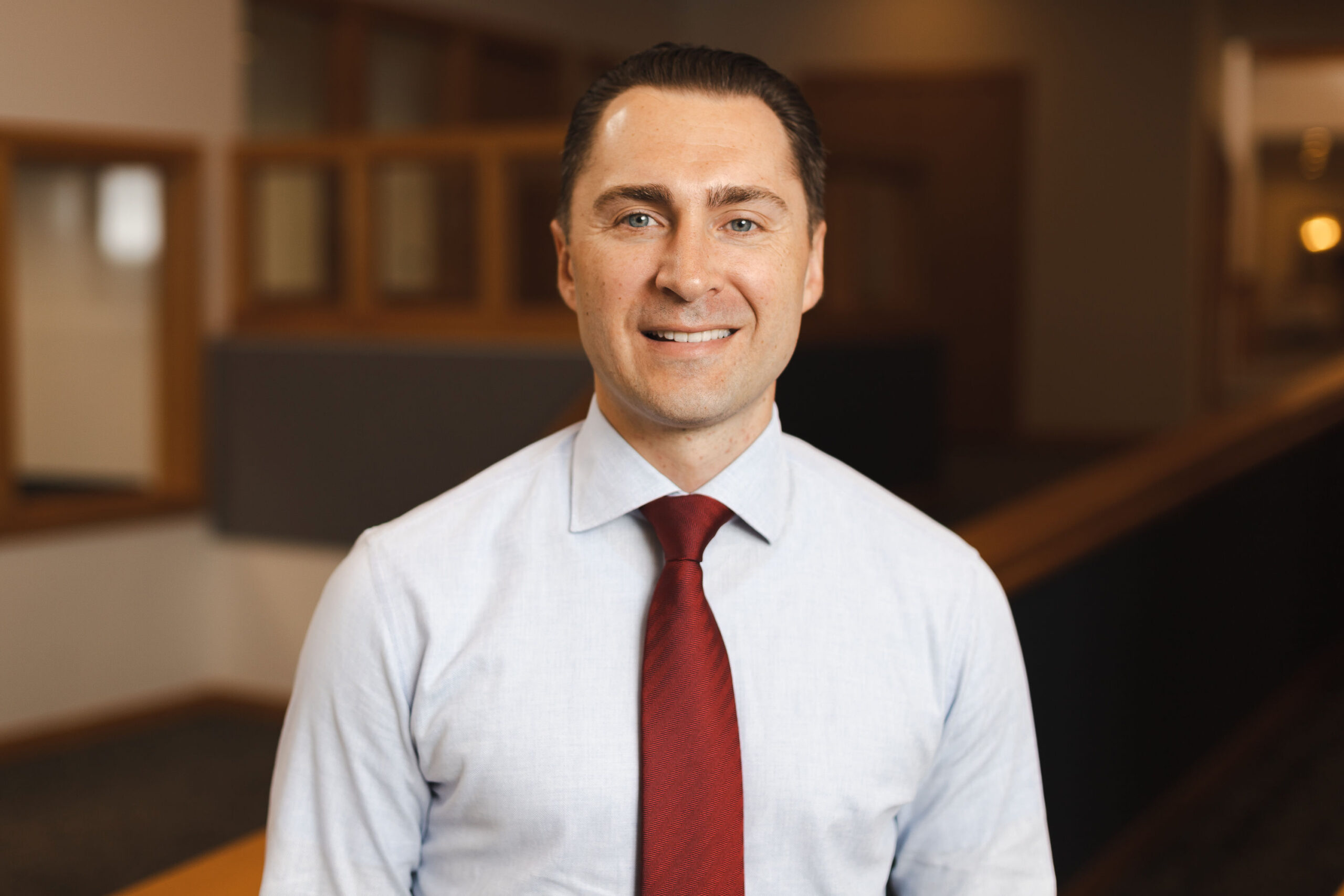Did you know?
DID YOU KNOW?
-
Insert Text here
RUSSELL 2000
Did you know? 212 companies in the Russell 2000 Index have YTD returns that exceed 100% as of 10/31.
Did you know? Only 63 of these companies were profitable last year.
We may suggest this to be a speculative environment versus our contrarian approach.
In 2025, the FAM Small Cap Fund held a total of 31 companies that accounted for $3,672 million in earnings the prior year—the top 31 names in the Russell 2000 reported $1,733 million in losses.
Previous Year Earnings Consensus 2025 Earnings YTD Return As of 10/31 Russell 2000 Top 31 Names -1,733 -1,513 162.12% FAM Small Cap Fund 3,672 5,080 -10.14%
All data is from FactSet as of 10/31/2025.
YTD Return of top 31 Russell 2000 holdings is an equal-weighted-average.Of the marked difference in YTD returns between the Russell 2000 and FAM Small Cap Fund, 4.69% can be attributed to not owning those 31 names in our portfolio, here aiding our conviction.
-

Insert Image here
RUSSELL MIDCAP
Did you know? 14 companies in the Russell Midcap Index have YTD returns that exceed 100% as of 10/31.
Did you know? Only 5 of these companies were profitable last year.
In 2025, the FAM Dividend Focus Fund held a total of 29 companies that accounted for $33,954.9 million in earnings last year—the top 29 names in the Russell Midcap had reported earnings of $12,940.9.
| Previous Year Earnings | Consensus 2025 Earnings | YTD Return As of 10/31 | |
| Russell Midcap Top 29 Names | 12,940.9 | 51,422.2 | 84.17 |
| FAM Dividend Focus Fund | 33,954.9 | 42,357.3 |
3.22 |
All data is from FactSet as of 10/31/2025.
YTD Return of top 29 Russell Midcap holdings is an equal-weighted-average.
A total effect of -7.04% in the FAM Dividend Focus Fund’s YTD return is caused by the absence of these 29 names, accounting for the entirety of the fund’s 6.24% underperformance to the Russell Midcap.
Fenimore Asset Management does not speculate. We strive to build high-conviction portfolios with quality businesses that demonstrate strong profitability, capital efficiency, and balance sheet strength.
Securities offered through Fenimore Securities, Inc., Member FINRA, and advisory services offered through Fenimore Asset Management, Inc.
Performance data shown represents past performance and is not a guarantee of future results. The mutual fund’s performance is compared to the Russell 2000 Index, a broad-based, unmanaged index of small-cap U.S. stocks, solely for illustrative purposes. The index does not reflect the deduction of fees, expenses, or taxes, and is not available for direct investment. The mutual fund may differ significantly from the index in terms of holdings, risk profile, and investment strategy. Investors should carefully consider these differences when evaluating performance. For more information, please refer to the fund’s prospectus, which includes details on investment objectives, risks, charges, and expenses.
Performance data shown represents past performance and is not a guarantee of future results. The mutual fund’s performance is compared to the Russell Midcap Index, a broad-based, unmanaged index of mid-cap U.S. stocks, solely for illustrative purposes. The index does not reflect the deduction of fees, expenses, or taxes, and is not available for direct investment. The mutual fund may differ significantly from the index in terms of holdings, risk profile, and investment strategy. Investors should carefully consider these differences when evaluating performance. For more information, please refer to the fund’s prospectus, which includes details on investment objectives, risks, charges, and expenses.
All investing involves risk including the possible loss of principal. Before investing, carefully read the fund’s investment objectives, risks, charges and expenses. FAM Funds’ prospectus or summary prospectus contains this and other important information about FAM Funds and should be read carefully before you invest or send money.
To obtain a prospectus or summary prospectus and performance data that is current to the most recent month-end for each fund as well as other information, please go to fenimoreasset.com or call (800) 932-3271.
The principal risks of investing in the fund are: stock market risk (stocks fluctuate in response to the activities of individual companies and to general stock market and economic conditions), stock selection risk (Fenimore utilizes a value approach to stock selection and there is risk that the stocks selected may not realize their intrinsic value, or their price may go down over time), and small-cap risk (prices of small-cap companies can fluctuate more than the stocks of larger companies and may not correspond to changes in the stock market in general).
Neither this presentation nor any of its contents may be distributed or used for any other purpose without the prior written consent of Fenimore. The description of certain aspects of the market herein is a condensed summary only. This summary does not purport to be complete and no obligation to update or otherwise revise such information is being assumed. These materials are provided for informational purposes only and are not otherwise intended as an offer to sell, or the solicitation of an offer to purchase, any security or other financial instrument. This summary is not advice, a recommendation or an offer to enter into any transaction with Fenimore or any of their affiliated funds. This presentation may contain statements based on the current beliefs and expectations of Fenimore’s management and are subject to significant risks and uncertainties. Actual results may differ from those set forth in the forward-looking statements. Any references herein to any of Fenimore’s past or present investments, portfolio characteristics, or performance, have been provided for illustrative purposes only. It should not be assumed that these investments were or will be profitable or that any future investments will be profitable or will equal the performance of these investments. There can be no guarantee that the investment objectives of Fenimore will be achieved. Any investment entails a risk of loss. Unless otherwise noted, information included herein is presented as of the date indicated on the cover page and may change at any time without notice.















